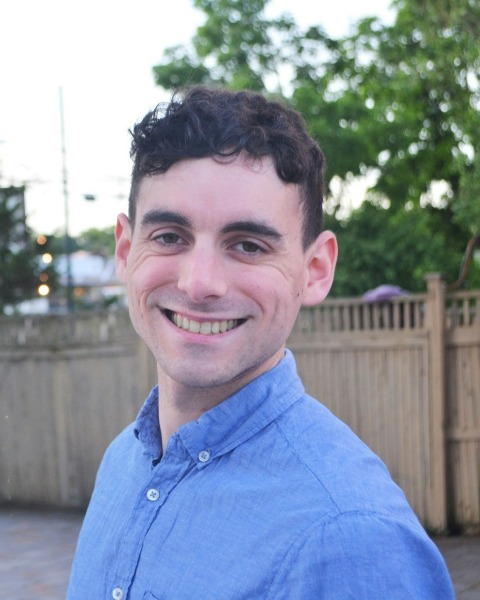Symposia
LGBTQ+
3 - (SYM 145) Valence over Frequency: Examining the Associations Between Status, Community Involvement, and Intraminority Body Stigma in a Size-diverse Sample of Gay Men

Benjamin F. Shepherd, M.S., M.Ed. (he/him/his)
Nova Southeastern University
Dania Beach, Florida- DD
Dominic M. Denning, B.A. (he/him/his)
Graduate Student
University of Massachusetts Amherst
Sunderland, Massachusetts - CE
Connor I. Elbe, B.S. (he/him/his)
Graduate Student
San Diego State University
San Diego, California - JM
Justin Maki, PhD
Adjunct Faculty
Nova Southeastern University
Fort Lauderdale, Florida - PB
Paula M. Brochu, Ph.D.
Associate Professor
Nova Southeastern University
Fort Lauderdale, Florida
Speaker(s)
Co-author(s)
Gay men are more likely than heterosexual men to experience social pressure based on body weight, shape, and muscularity, which may drive disparities in body image concerns and eating disorders. Utilizing a sample of 1,723 gay men living in the United States, most of whom identified as higher-weight, the present study examined whether sociodemographic factors (used as proxies for status) and frequency of attending gay-specific establishments or gatherings (community involvement) were associated with gay men’s experiences of negative or discriminatory pressures based on body size and shape from other gay men (intraminority body stigma) through the lens of quadripartite theory and intraminority stress theory. As expected, intraminority body stigma was unevenly distributed across socioedemographic characteristics, targeting gay men who are higher-weight (r=.28), less masculine (r=-.21), less wealthy (r=-.21), younger (r=-.21), people of color (Cohen’s ds=.25-.28), or single (Cohen’s d = .04). Unexpectedly, community involvement was negatively associated with intraminority body stigma (r=-.07). Furthermore, indicators of low status were indirectly associated with less frequent community involvement via more frequent experiences of intraminority body stigma. In addition to frequency, the valence of interactions between gay men should be considered when assessing body image and eating disorder risk in this population. Such interactions appear to be influenced by identities and forms of stigma that extend beyond the gay community. Future research is encouraged to examine intraminority body stigma as an intersectional source of intraminority stress to inform prevention and treatment efforts for gay men with intersecting identities.

